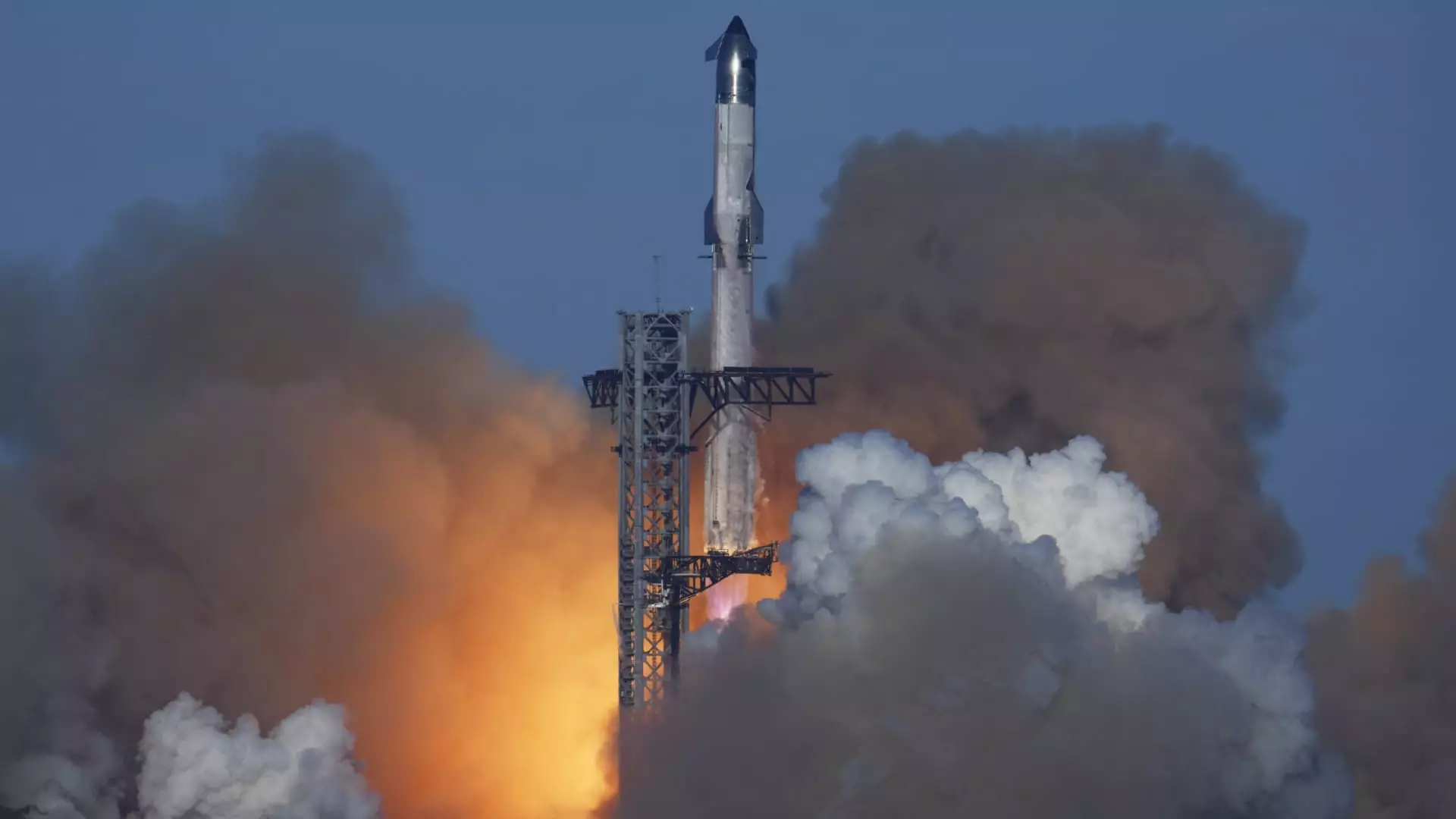On Friday, the Federal Aviation Administration (FAA) announced that SpaceX’s Starship rocket would remain grounded while both the company and the agency conduct a thorough investigation into a recent midflight failure. This incident not only forced scheduled airline flights to be diverted but also marked a significant pause in one of the most ambitious projects in modern space exploration. The complexities of this situation highlight the rigorous safety regulations governing air and space travel, as well as the potential repercussions for the commercial spaceflight industry.
While the FAA confirmed that there were no injuries reported to the public during the incident, concerns about damage to public property have emerged, particularly from the Turks and Caicos Islands in the Caribbean. Such reports complicate the narrative around the risks associated with commercial space launches. SpaceX will need to navigate these concerns carefully in order to regain public trust and secure the necessary regulatory approvals to continue its ambitious plans.
The repercussions of the rocket’s failure extended well beyond SpaceX, affecting numerous commercial airline operations. Major carriers like American Airlines, JetBlue Airways, and Delta Air Lines were forced to delay or divert dozens of flights due to the potential hazard posed by falling debris. This presents a significant concern for the industry’s overall safety and efficiency, prompting questions about how similar future incidents might disrupt air travel. The FAA’s proactive decision to implement a “Debris Response Area” highlights the need for effective communication and coordination between space and aviation authorities.
In response to the incident, SpaceX speculated that a fire in the vehicle prior to the explosion caused the catastrophic failure of the Starship. This lack of definitive information raises further questions regarding the company’s accountability and transparency in reporting accidents. Initial statements from SpaceX claimed that debris had fallen into the Atlantic Ocean within predefined hazard areas—a statement that was later omitted from their communications as confusion mounted regarding the FAA’s separate findings. Such inconsistencies could undermine public confidence in SpaceX’s operational integrity.
The FAA’s requirements for SpaceX to complete its investigation and implement corrective actions signal a critical turning point for the Starship program. The ongoing scrutiny emphasizes a growing demand for stringent oversight in the rapidly evolving commercial space sector. If SpaceX fails to satisfactorily address the investigation’s findings, it risks delaying not only its own timelines but also the broader ambitions of commercial spaceflight as a whole.
The complexities of navigating regulatory frameworks, public safety, and corporate accountability will shape the future of SpaceX’s endeavors. As they work to regain FAA approval, the entire industry must grapple with the realities of accountability and risk in this adventurous new frontier.

